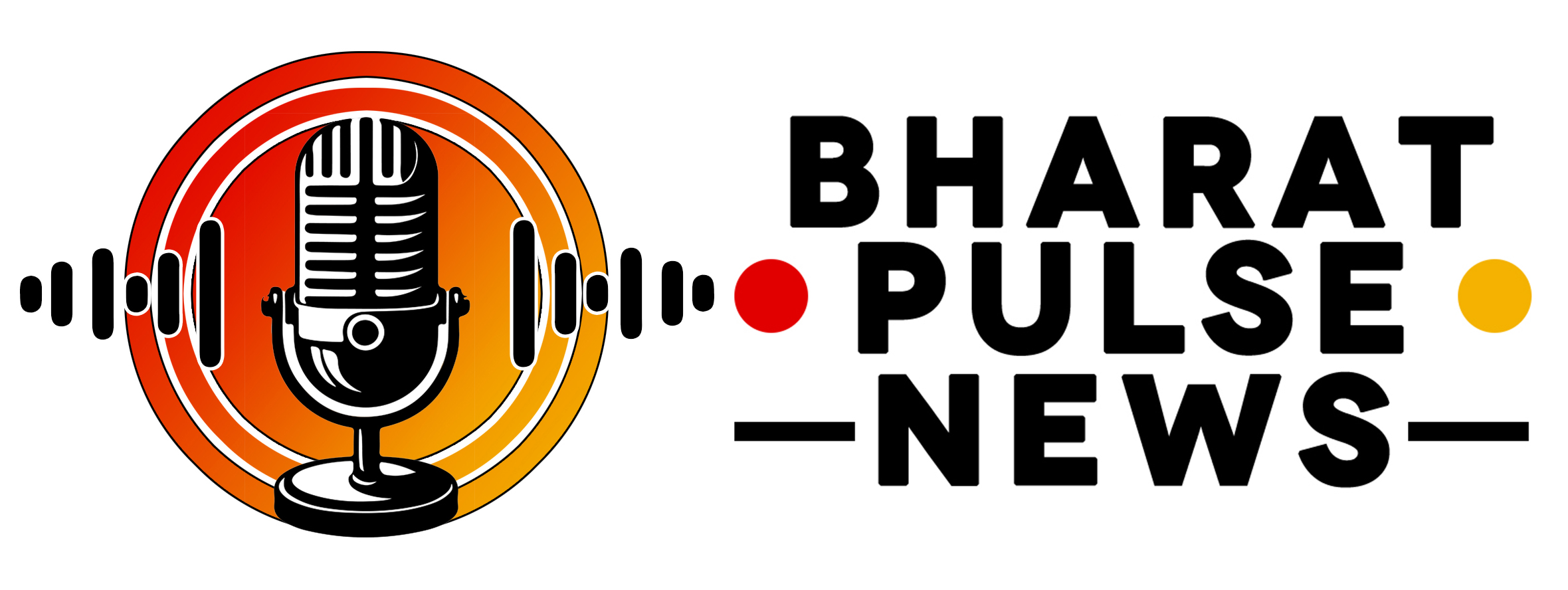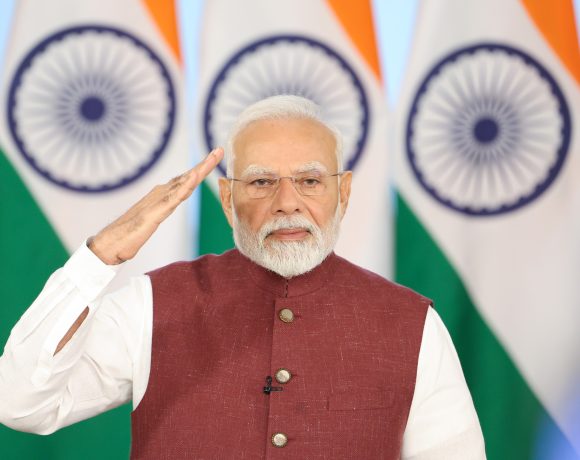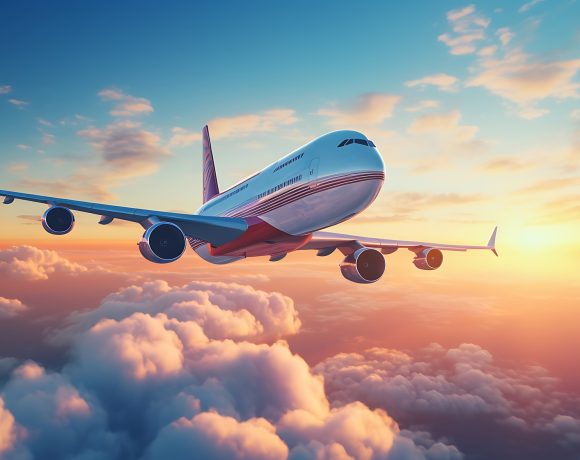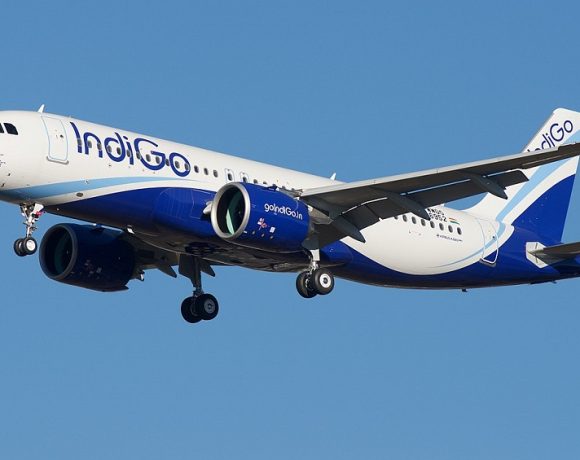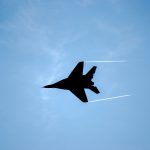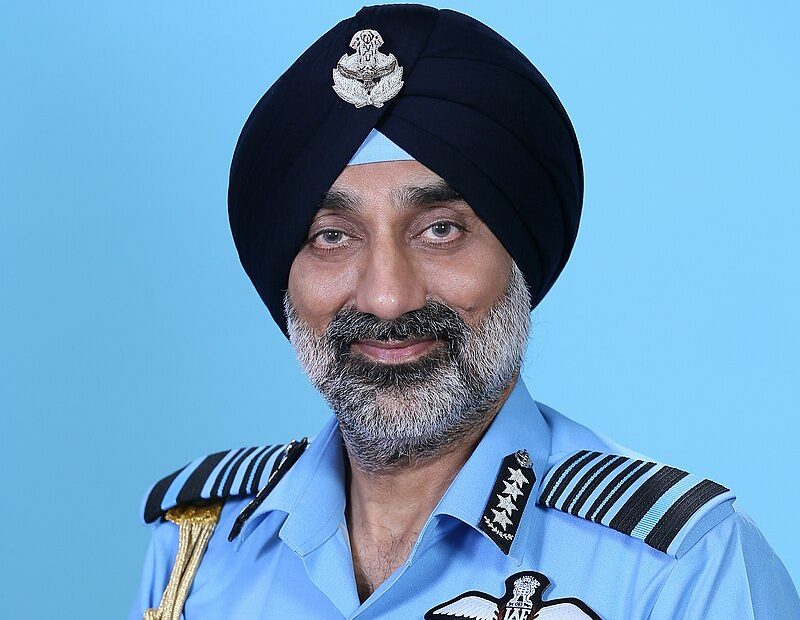
IAF Chief Discusses S-400 Delays, Defence Readiness, and Modernisation Plans
Air Chief Marshal Amar Preet Singh, PVSM, AVSM addressed the media ahead of the 92nd Air Force Day, providing insights into India’s defence readiness, the impact of geopolitical developments on military supplies, and the ongoing efforts to strengthen the Indian Air Force’s (IAF) capabilities. Speaking on the delay in the delivery of S-400 missile units, he attributed it to the ongoing Russia-Ukraine conflict. “They (Russia) have promised us that the next two units will be delivered next year, and we are looking forward to that,” said the Air Chief. Currently, India has operationalised and deployed three out of the five S-400 units it had contracted, with all five initially slated for delivery by the end of 2023.
Air Defence and Tactical Priorities
When questioned about India’s defence against missile threats like those faced by Israel recently, Air Chief Marshal Singh mentioned that while India’s existing air defence systems are competent, there is a need to prioritise key areas and expand resources. “We need to concentrate more on protecting our vital areas and points,” he emphasised. The Chief added that India’s defensive stance is to only act when provoked, and the forces are well-prepared with plans in place for any such scenarios.
India’s Position vs. China and Need for Modernisation
Discussing India’s defence capabilities vis-à-vis China, the Air Chief acknowledged that India has lagged behind in technology and production rates of military platforms. However, he underscored that the IAF’s training is superior, with better exposure and engagement compared to their Chinese counterparts. “As far as human resources are concerned, we are way ahead,” he asserted.
The Chief also highlighted concerns about the delay in the production and delivery of the Light Combat Aircraft (LCA) Tejas by Hindustan Aeronautics Limited (HAL) and the long-pending Medium Role Fighter Aircraft (MRFA) programme. He urged the involvement of private players to supplement HAL’s efforts, stating, “Unless private industry comes in, relying on one agency (HAL) will have its own limitations.”
Future Roadmap and Indigenous Projects
The IAF, with a sanctioned squadron strength of 42, currently operates only 31 squadrons. The force is looking to bolster its numbers with 97 additional Tejas Mark-1A, and six-seven squadrons each of Tejas Mark 2 and the Advanced Medium Combat Aircraft (AMCA) by 2047. The Chief stressed the need to maintain the IAF’s fighter strength and avoid further depletion.
He also highlighted key indigenous projects like Tejas, Tejas Mk2, AMCA, ASTRA, and large long-range weapons, alongside surface-to-air guided weapons like MRSAM and AKASH, as priorities for achieving self-reliance in defence by 2047.
